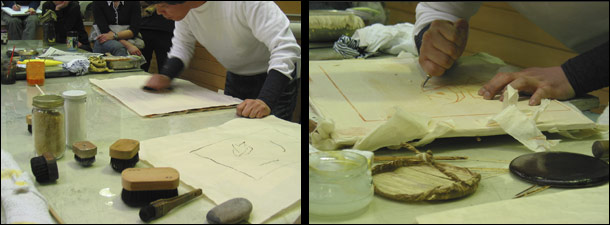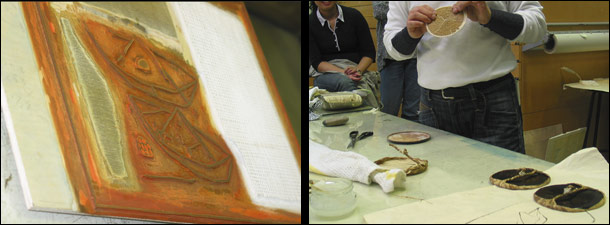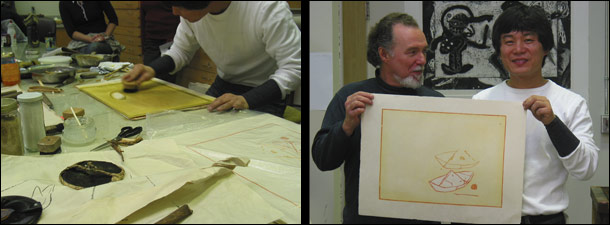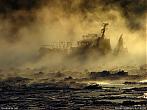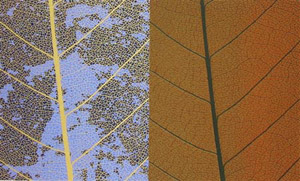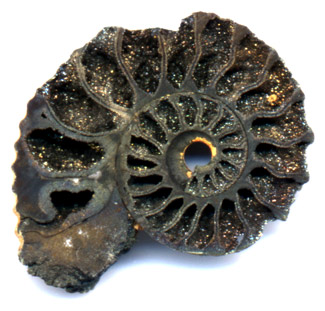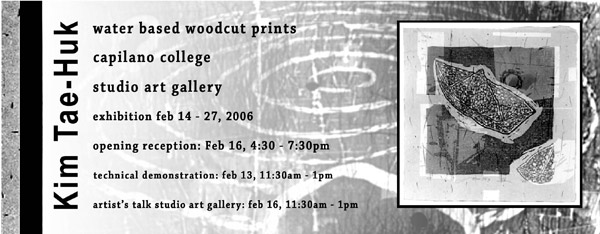a welcome back
A funny thing about blogging – one meets other bloggers and after a while many feel like they are good friends even if we never meet. When one of them quits blogging it’s like losing a friend. This happened to me and to her numerous fans, when Amy Kane shut down ever so humble last fall.
Well, I’m so excited to find Amy is back at a new blog Atlantic Ave**. If you were a reader of her blog before and miss her, go visit her again and say “welcome back”! (Or am I the last to know?) But, if Amy is new to you, I recommend a visit as I think you will enjoy her snippets of life in New Hampshire as she shares “news, photos and observations about a small place called home.”
** later, later, I find this blog site has also expired. Links removed.
